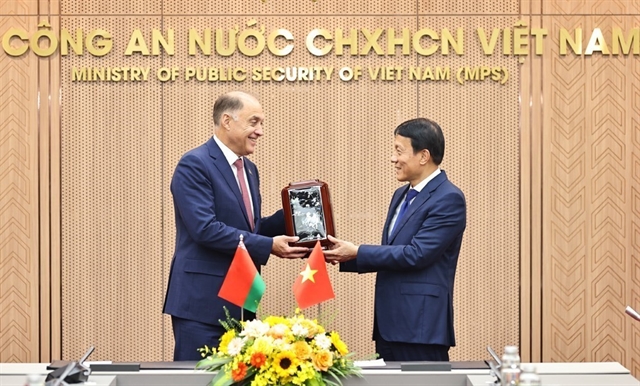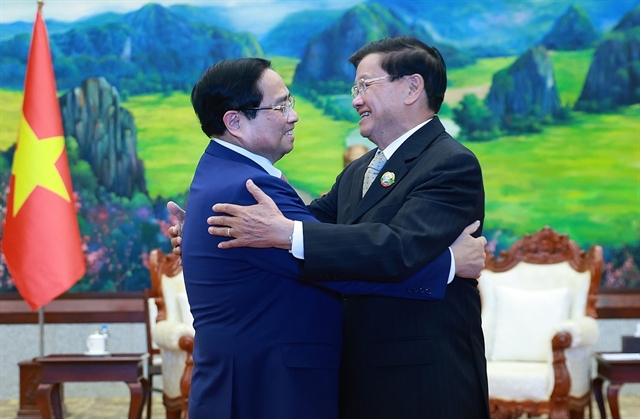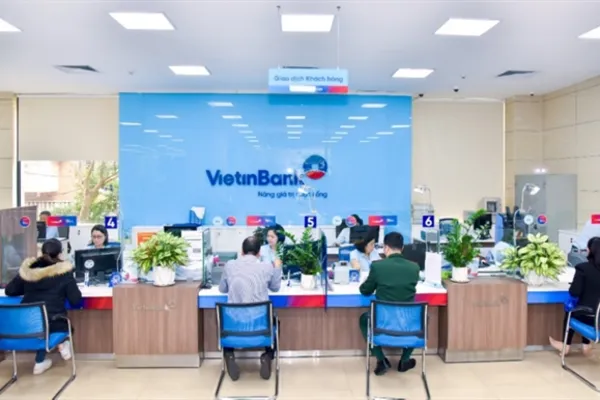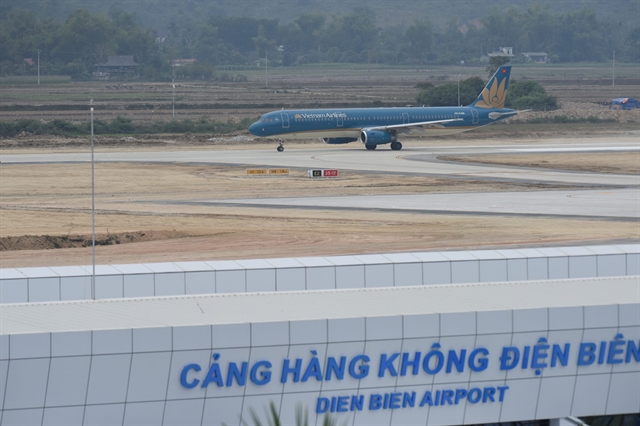 Society
Society
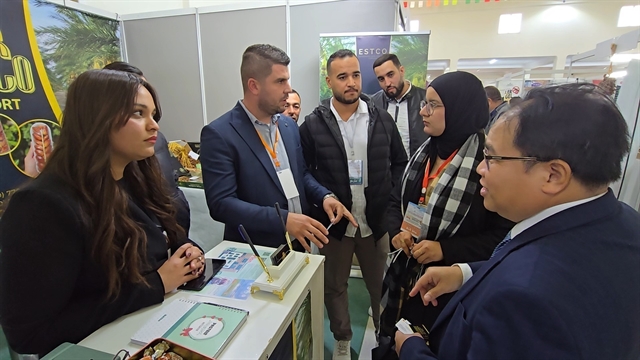

|
| The seminar in Hà Nội on Monday. This is part of a series of events celebrating the 50th anniversary of the Việt Nam - Japan relations, as well as the upgrade of ties between the two countries. VNS Photo Anh Đức |
HÀ NỘI Việt Nam is looking to shift toward green and renewable energy, as well as using environment-friendly materials during the development of its future transportation infrastructure projects, most notably under the National Master Plan on Transport Network 2021-2030.
This information was disclosed during a seminar in Hà Nội on Monday, co-organised by the Ministry of Transportation (MOT), the Embassy of Japan in Việt Nam, the Japan Chamber of Commerce and Industry (JCCI), and the Japan Transport and Tourism Research Institute (JTTRI).
The seminar is part of a series of events celebrating the 50th anniversary of Việt Nam - Japan relations, as well as the upgrade of ties between the two countries.
Deputy Minister of Transport Nguyễn Danh Huy and Uehara Atsushi, International Affairs Vice Minister of the Japan's Ministry of Land, Infrastructure, Transport and Tourism (MLIT), attended the event.
"I believe that today's dialogue session is an excellent opportunity for associations, businesses and research institutes from both countries in the infrastructure sector to share, exchange and connect, promoting collaborations and business ideas in the future," said Huy in his opening speech.
In the event, speakers from the Transport Development and Strategy Institute (TDSI) of the MOT, as well as the JTTRI and MLIT, gave presentations on the development and operation of sustainable transportation infrastructure in both Việt Nam and Japan, with Japanese delegates giving more specific experiences on railway, as well as seaports and airports.
According to Phạm Hoài Chung, Deputy Director-General of the TDSI, the Resolution of the 13th National Congress of the Communist Party of Việt Nam identified transportation infrastructure as one of the strategic breakthroughs of Việt Nam.
As the country is committed to achieve net-zero emissions by 2050, according to the COP26 Climate Agreement, Việt Nam is also looking for a sustainable way to implement transport sector planning, Chung said.
In his presentation, Chung also stressed the need for the North-South high-speed railway to be completed under the vision to 2050, and for the railway network to connect directly with seaports such as Cái Lân and two international seaports.
By 2050, in terms of air traffic, Chung said that Việt Nam will aim at 11 new airports across the country, bringing the total to 33, including 14 international airports.
Chung greatly emphasised sustainable development in his presentation. According to Chung, public investment will prioritise inter-regional and inter-provincial networks, harmonised with natural conditions and climate adaptation. The strategy includes encouraging smart, green and clean infrastructure development, incorporating advanced technologies, and reducing greenhouse gas emissions.
In his presentation, Atsushi gave a thorough explanation of Japan's famed "Shinkansen" bullet train system, which Việt Nam is also learning from to develop the North-South high-speed railway.
According to Atsushi, Japan Railways (JR) is looking towards the future and developing a hydrogen-powered fuel cell railway vehicle, which is under testing from 2022 and aimed to be implemented by 2030.
Japanese seaports and airports are also planned to be decarbonised, utilising biomass and solar energy in the process. Japan's objective is to approach carbon neutrality by 2030, and reduce emission at airports by at least 46 per cent compared to 2013, Atsushi said. VNS

